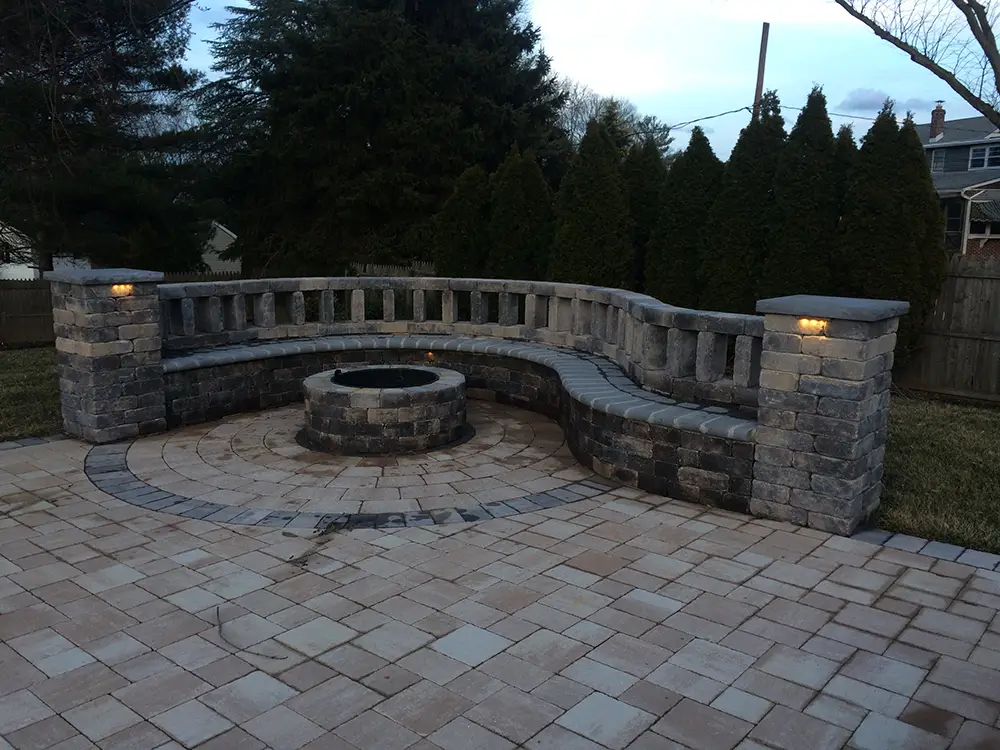HUD issued Mortgagee Letter 2016-15 previous to the statutory deadline. FHA had beforehand addressed this concern in Mortgagee Letter 2015-17 (ML 15-17), whereby FHA indicated it would consider a property as owner occupied offered it was not “Investor Owned” for the aim of calculating proprietor occupancy ratios for Condominium Project approval. HUD Response: The vary provided in § 203.43b(d)(6)(ix) as it pertains to owner-occupancy in a condominium undertaking refers to a minimal requirement that HUD might set up within that range by means of notice. Comment: HUD has offered no measurable rationale for the 50 p.c requirement. HUD Response: HUD disagrees with the suggestion. HUD Response: The proposed range is designed to not solely address present market circumstances, but also to offer HUD flexibility to act quickly to revise the percentage minimum sooner or later if market information signifies that this is critical. There could also be instances when a discount in the proprietor-occupancy share is an appropriate action based mostly on current market circumstances and other contributing factors. Eliminating the proprietor-occupancy requirement in its entirety solely based on the strength of the borrower has confirmed to be an unsound and inoperable financial coverage for FHA. Associations and homebuyers need to HUD and the FHA for clear and consistent rules, and only a flat 25 % proprietor occupancy charge will provide this surety.
Dropping the proportion to 35 percent won’t make a giant influence given the extra standards, as few projects will likely be authorised for that fee. Even worse, FHA requiring stronger financials to get a decrease proprietor occupancy charge requirement only additional depresses developments in communities that are still struggling to get better. Comment: HUD’s reference to the definitions of principal and secondary homes in 24 CFR 203.18(f)(1) and (2) carries an implication that the secondary residence will need to have an FHA loan on it so as to be counted in the owner-occupancy ratio. It doesn’t mean that a unit with a traditional second loan (or perhaps a unit that’s mortgage free), both of which are secondary residences, shouldn’t be counted as owner occupied. All FHA borrowers are buying a primary residence; their buy will solely help to spice up the affiliation’s proprietor occupancy ratio. This happened at the identical time HUD tightened the FHA condo necessities.
HUD Response: HOTMA directed HUD to “issue steering relating to the proportion of units that have to be occupied by the owners” by October 27, 2016, or the 35 percent requirement to which the remark refers would have change into efficient. With this in thoughts, HUD’s last rule supplies the framework to ascertain flexibility in applying this standard through coverage guidance as market forces could dictate. HUD will consider the comments and recommendations when drafting the specific policy guidance on condominiums. Further, HUD should be capable to set a normal that can accommodate just lately accomplished and ready landscaping for beginners occupancy initiatives, at which point a typical condominium undertaking will unlikely have bought all models to house consumers, or perhaps a majority of its models. Deutsch, Claudia H. “WHEN DIPLOMACY BEGINS AT Home Archived June 3, 2016, at the Wayback Machine.” The new York Times. With issuance of ML 2009-46B and 2011-22, HUD allowed a second residence to count as proprietor occupied provided that it was a secondary residence with an FHA mortgage below 24 CFR 203.18(f)(2). A commenter states that 24 CFR 203.18(f)(2)(iii) relates only to the utmost FHA mortgage quantity (24 CFR 203.18 “Maximum Mortgage Amounts”) for a “second FHA loan” in the only occasion that an proprietor with an present FHA mortgage faces “undue hardship” and wishes to obtain a second FHA mortgage on one other unit in sure circumstances.
However, in accordance with the Housing Opportunity Through Modernization Act (HOTMA), which was signed into law on July 29, 2016, the National Housing Act was amended to require HUD to use properties which have been both principal residences or Secondary Residences “as such terms are outlined by” HUD (or offered to owners who intend to meet such occupancy necessities) to determine HUD’s proprietor occupancy requirements. This requirement hurts the potential viability of condominium properties. It makes no sense to penalize property house owners who have great value in their properties (as decided by strong rents and low vacancies) by not letting them promote them or finance them. In reality, each Freddie Mac and Fannie Mae have no such requirement when the property is being bought as a main residence. Have your multipliers constructed into your quoting system, so unexpected costs don’t run you down. You may be stunned, but no, this doesn’t need to be your destiny if you are simply starting out as a result of you possibly can study the correct strategies right from the beginning and not have to unlearn methods that don’t work. When General Yang chooses to die in warrior’s honor; when his seven sons unite in venturing to their enemy’s den to rescue their father; when every of these seven sons draws up their swords, knives, and bows to struggle and slay with all their might, the mix of tragic and heroic grandeur combined casts all such notions which can be growingly distant to the trendy world as loyalty, filial piety, benevolence and righteousness in a renewed perception.


Recent comments